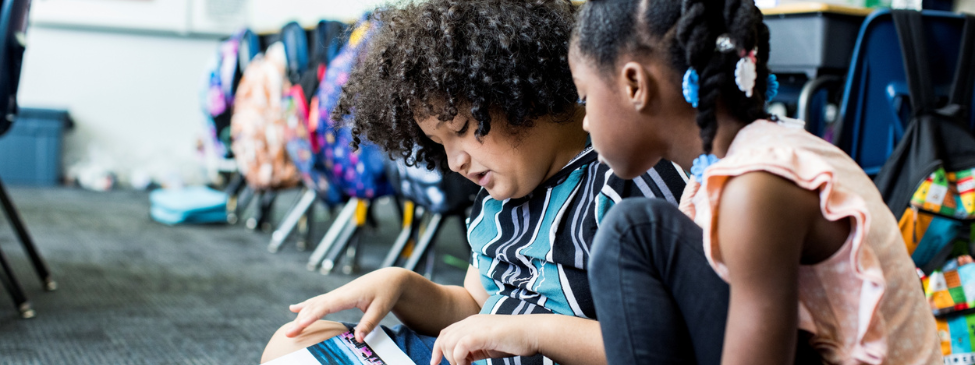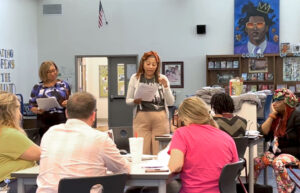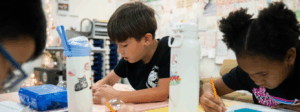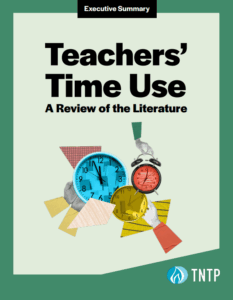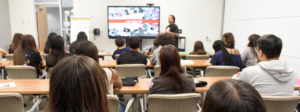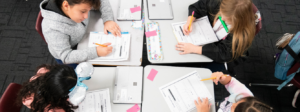As educators across the country focus on accelerating learning coming out of the pandemic, how can they also focus on creating the necessary connection and healing from all we’ve collectively endured?
When students don’t feel safe, connected, and like they belong in their schools and classrooms, learning simply cannot happen. Without those feelings of connection and belonging, their brains spend more time in protection mode, blocking access to the learning centers of the limbic system. In an increasingly chaotic world, schools have a responsibility to create learning environments that build the skills, habits, and mindsets—academic, relational, and emotional—that students need to succeed in their K-12 educations and beyond.
TNTP partners with schools and districts to design learning environments that are safe, supportive, co-regulating and identity-affirming, so students and educators want to be at school and are able to learn. Here are four ways to get started:
- Invest staff and students in understanding how the brain works. Stress shuts down our ability to learn and can trap adults and students in a hypervigilant state. But trust and connection have the power to both heal the impact of past adversity on the brain and prepare students for future challenges. Having this knowledge about trust and the brain can build empathy and change the way educators think about and respond to students, helping them shift to an asset-based approach. Dr. Jason Okonofua’s Empathic Instruction intervention, which TNTP is piloting with several partners, is one demonstration of how educators can respond to students with more empathy, in part by connecting with what originally inspired them to become teachers.
- Co-create a whole-school vision for well-being with educators. Adults who feel safe and cared for are better able to make children feel safe and cared for. Educators who practice emotional regulation, stress management, and metacognition give their students a positive example to follow. These interactions can happen at scale when school leaders co-create a school vision for well-being with their staff along with opportunities for staff to contribute and have their voice heard in meaningful ways. Simply asking adults what they need and how they are feeling—and ensuring they feel heard—can go a long way.
- Put relationships and connection at the heart of your school design. Schools can adapt their schedules to allow for morning meeting time, ensure there are strong advisory structures, and even explore ways for educators to loop with their students across grade levels to sustain the relationships they’ve built. Additionally, classroom environments can be designed to foster collaboration among students. For example, creating intentional groupings where students sit together not only gives them opportunities to build and practice relational skills, but to also build a foundation of trust that fuels and enriches academic discourse.
- Integrate social, emotional, and relational skill building into academics. Students should have the opportunity to set their own academic and social-emotional goals. And when there are opportunities to reflect on learning and next steps, teachers should examine a broader range of formative data that includes academic learning objectives and needs, but also examines where students felt successful, what skills and strategies they used when they encountered challenge, and whether they can identify the next steps they need to grow.
As our focus coming out of the pandemic turns from reacting to proactively designing solutions, it’s more important than ever that we teach and talk about foundational skills for learning and healthy development, and focus on holistic support to help all students and educators thrive. To learn more about how TNTP can help set your school or district up to achieve these changes through impactful design shifts, contact us.
